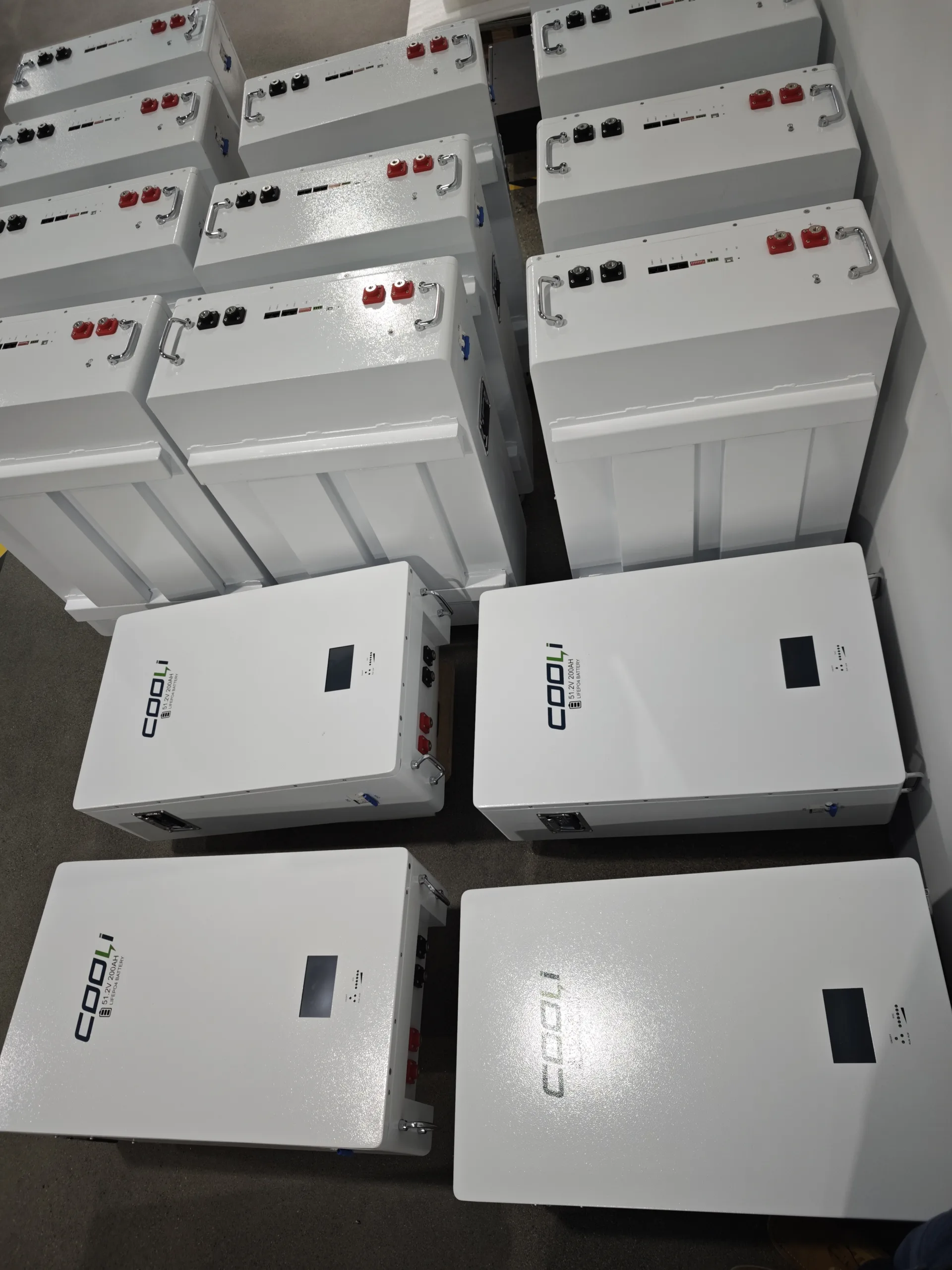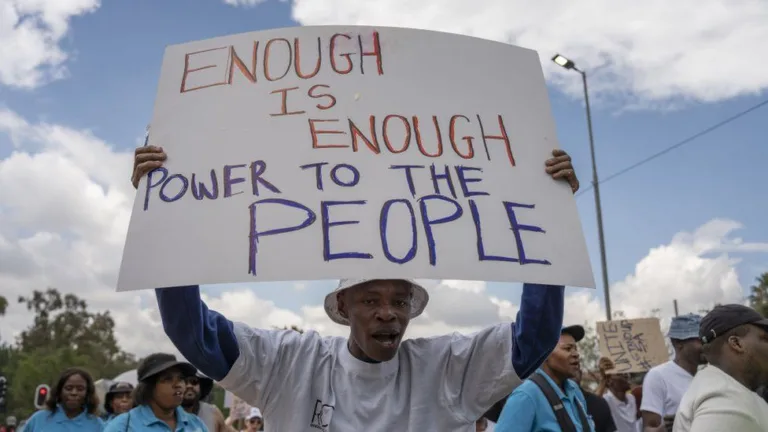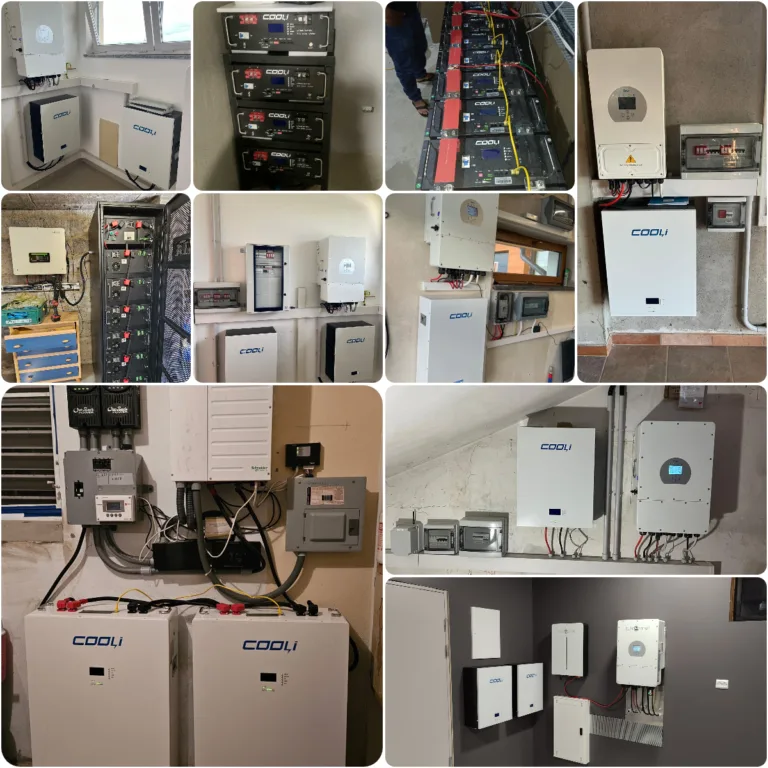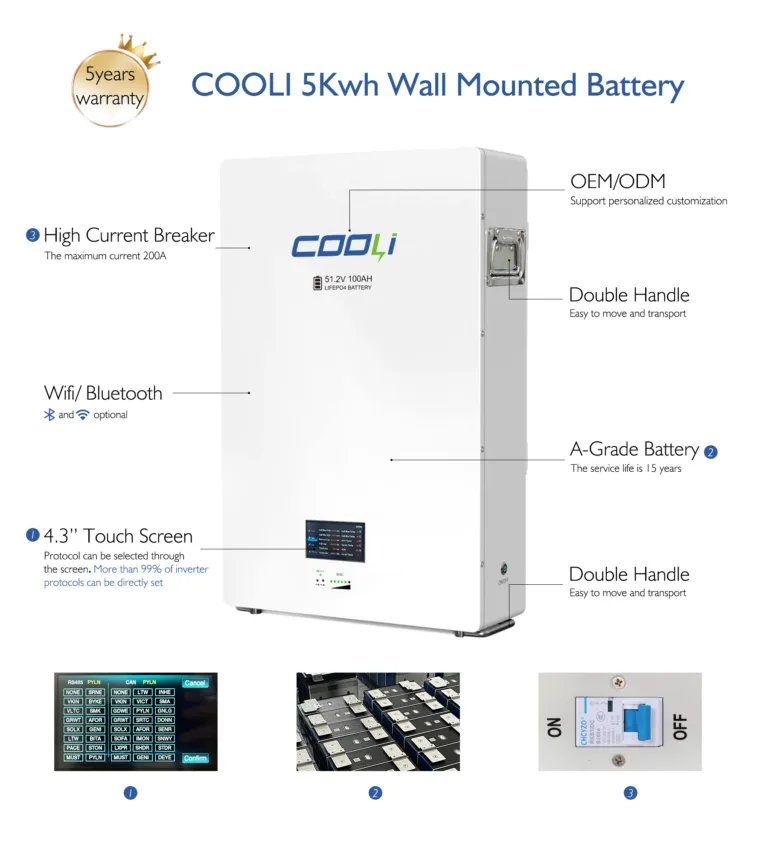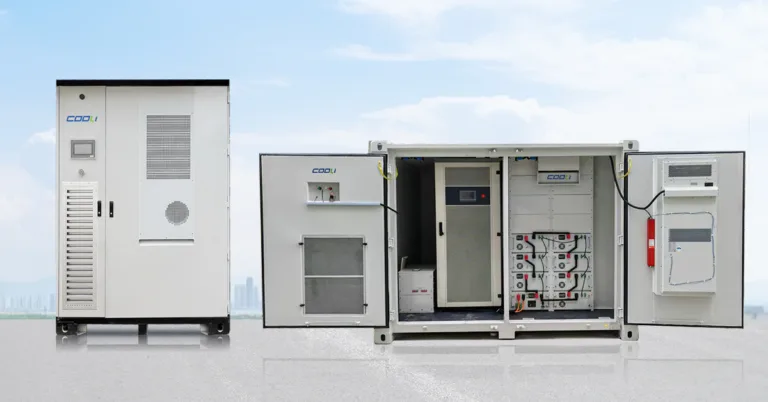Beat Blackouts! 10kWh Solar Battery Costs in Myanmar (2025): 5.5M-8.5M MMK
The Ultimate Guide to 10kWh Solar Battery Costs in Myanmar (2025): Beat Load Shedding in Yangon & Mandalay
Power cuts in Myanmar aren’t just inconvenient—they disrupt daily life, damage appliances, and hurt businesses. For homes in Yangon and Mandalay, a 10kWh solar battery backup system is the gold standard for reliable, silent, and clean power during outages. This guide breaks down 2025 prices in Kyat, key features for Myanmar’s climate, and trusted installation options.
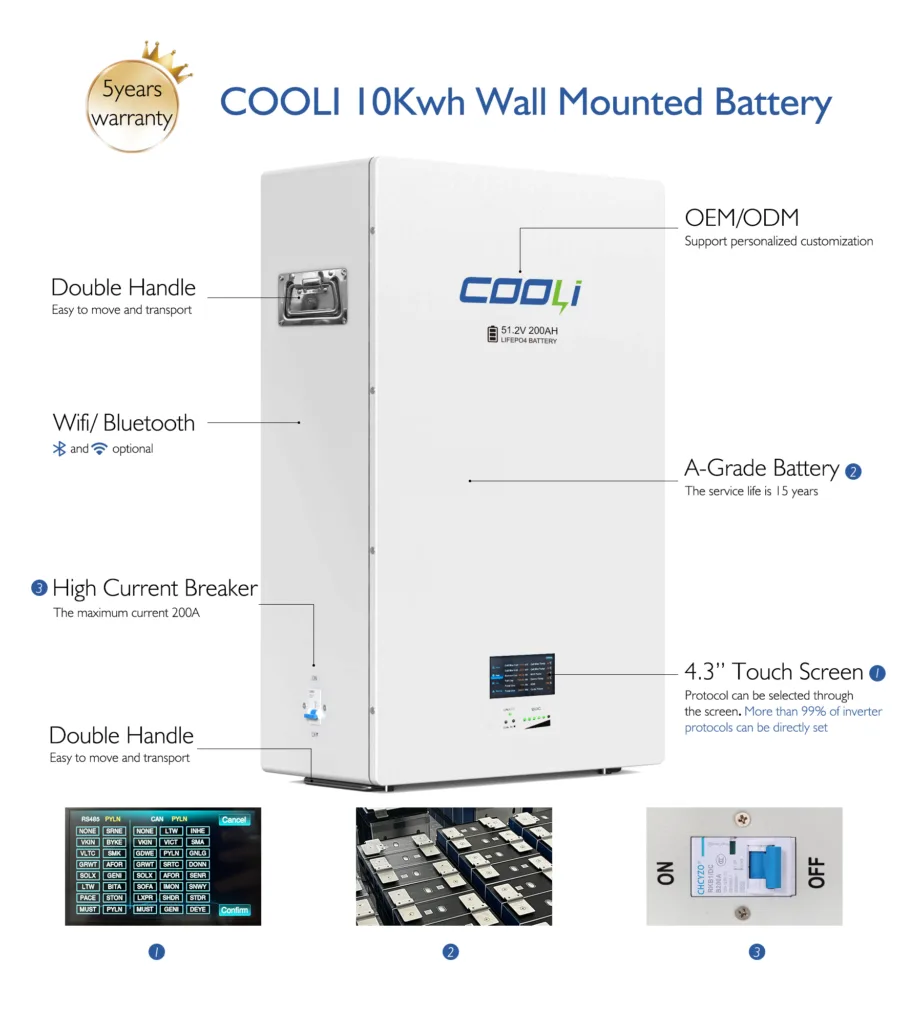
Why a 10kWh Solar Battery?
A 10kWh capacity powers essentials for 8–12 hours:
- Typical Load: 2–3 AC units, fridge, lights, fans, TV, and charging ports.
- Ideal For: Medium/large homes, clinics, or small shops facing daily load shedding.
- Battery Chemistry: Lithium-ion (LiFePO4) dominates Myanmar’s market due to longer lifespan (6,000+ cycles), faster charging, and better humidity resistance than lead-acid.
2025 Cost Breakdown in Kyat
Expect these price ranges (USD conversions based on July 2025 exchange rate: 1 USD ≈ 3,100 MMK):
| Component | Entry-Level (LiFePO4) | Premium (Branded) |
|---|---|---|
| 10kWh Battery Only | 5.5–6.5 million MMK (e.g., SunArk, OEM) | 7–8.5 million MMK (e.g., Tesla-style Powerwall equivalents) |
| Full Hybrid System (10kW inverter + solar panels + install) | 18–22 million MMK | 25–30+ million MMK |
Notes:
- Battery-only costs assume you already have solar panels. Brands like SunArk (IP65-rated, 10-year warranty) dominate Myanmar’s mid-range market.
- Hybrid systems include inverters (e.g., Deye 10kW), 10–12kWh solar panels, and installation. Example: A 10.5kW system with a 5.12kWh battery costs ~₱642,000 PHP (≈22 million MMK) in Southeast Asia—adjust for Myanmar tariffs.
- Lead-acid alternatives cost 40% less upfront but last only 2–4 years in Myanmar’s heat/humidity.
💡 Savings Alert: A 10kWh system in Yangon can cut grid reliance by 70–90%, saving ~156,360 MMK monthly on bills (based on 1,300kWh monthly use).
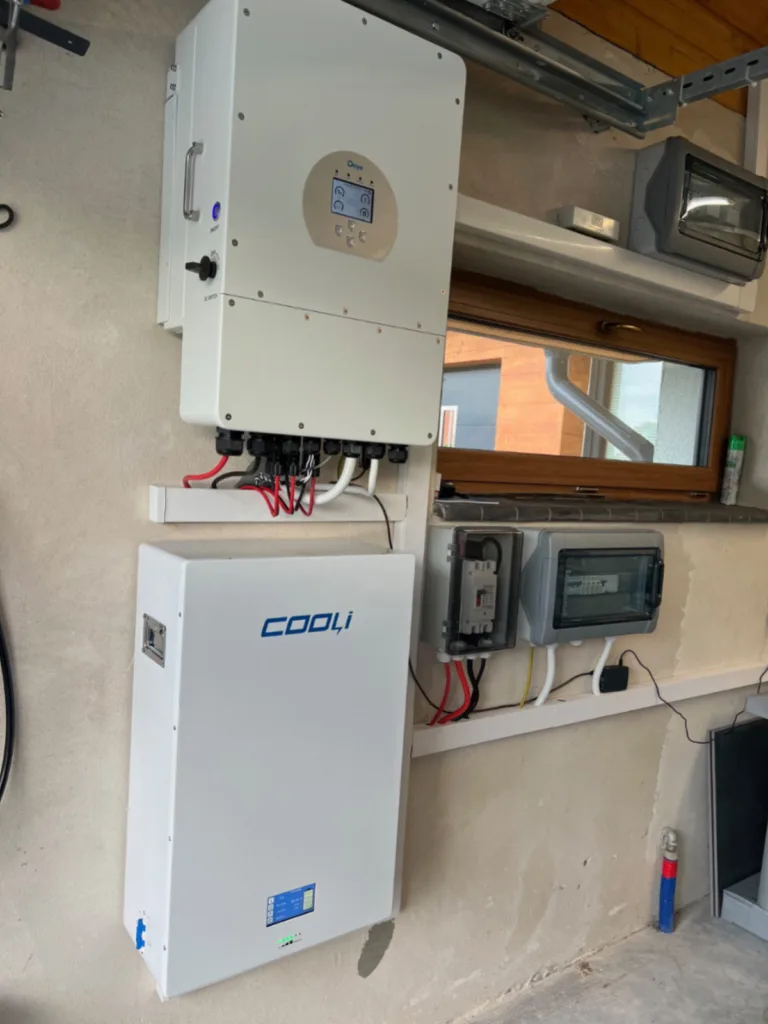
Key Features for Myanmar’s Climate
Myanmar’s high humidity and temperatures demand rugged specs:
- IP65 Rating: Essential to resist dust/moisture. Non-IP65 batteries risk corrosion from monsoon humidity.
- Warranty Coverage: Opt for 10-year warranties covering humidity damage (e.g., SunArk, Genus Maxillion).
- Battery Management System (BMS): Prevents overcharging, overheating, and deep discharge—common causes of failure during long outages.
- Parallel Support: Lets you expand capacity later (e.g., SunArk supports 15-unit linking).
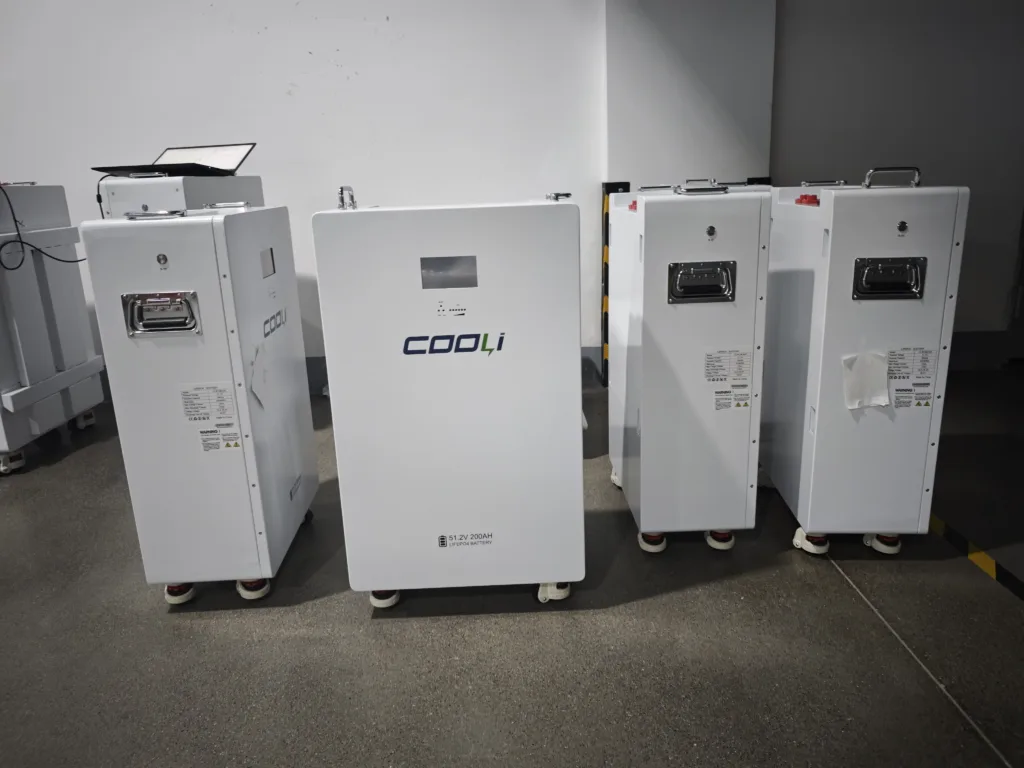
Installation Tips for Yangon & Mandalay
- Location: Install indoors (well-ventilated) or under shade. Avoid direct sun or flooded areas.
- Wiring: Use 70mm+ thickness cables to prevent voltage sag under load.
- Trusted Installers:
- Yangon: Look for DEYE/SunArk-certified technicians (check Alibaba suppliers for local partners).
- Mandalay: Seek installers offering 5-year workmanship warranties (common with hybrid kits).
Maintenance for Longevity
- Humidity Control: Clean terminals quarterly to prevent corrosion. Use silica gel packs in battery enclosures.
- Storage: If unused >1 month, charge to 40–50% (3.82V/cell) to avoid deep discharge.
- Software Updates: Smart inverters (e.g., Deye) need firmware updates for grid-interaction rules.
Frequently Asked Questions
- Can lithium batteries handle Myanmar’s monsoons?
Yes—if IP65-rated. Avoid submersion, but rain/splash exposure is safe. - How long until ROI?
4–6 years in Yangon/Mandalay (with daily outages reducing appliance losses and generator fuel). - What if my load exceeds 10kW?
The inverter (not battery) handles peak load. Size your inverter (e.g., 10kW Deye supports 12kW peaks).
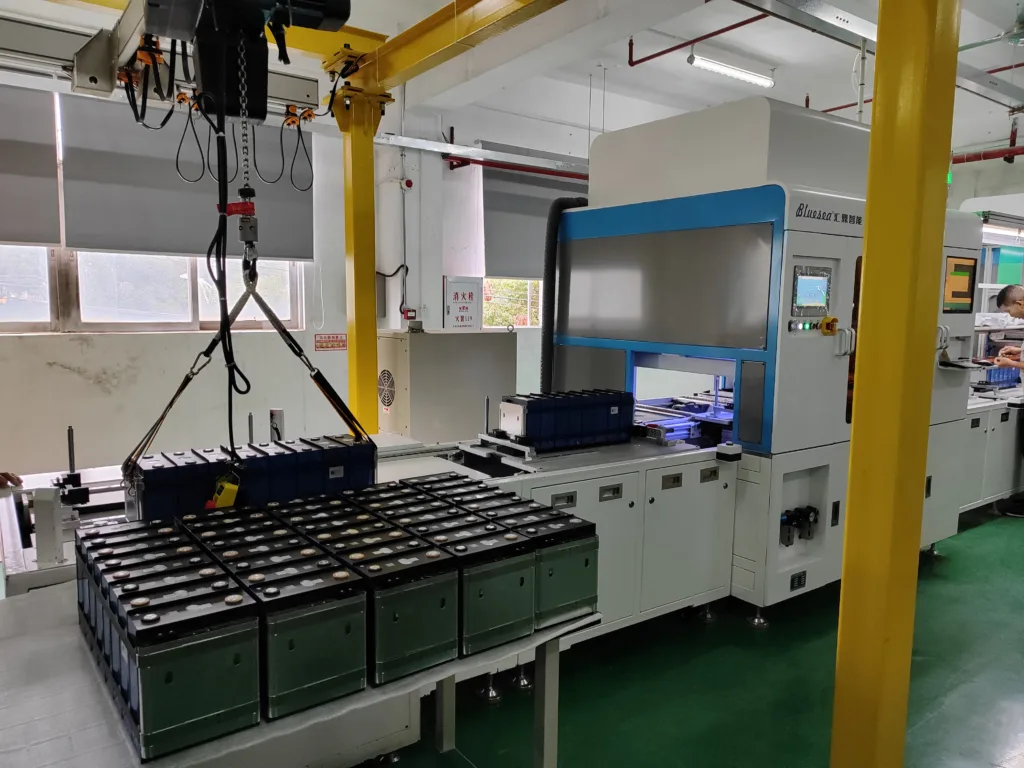
Final Advice
For most homes, a 10kWh LiFePO4 battery (5.5–8 million MMK) paired with a hybrid inverter offers the best balance of uptime and value. Prioritize:
- ✅ IP65 + 10-year warranty
- ✅ Local installer support in Yangon/Mandalay
- ✅ Low-temp charging capability (for hilly areas)
Power cuts shouldn’t control your life. With a reliable solar battery, Myanmar’s grid instability becomes a manageable hiccup—not a daily crisis.

